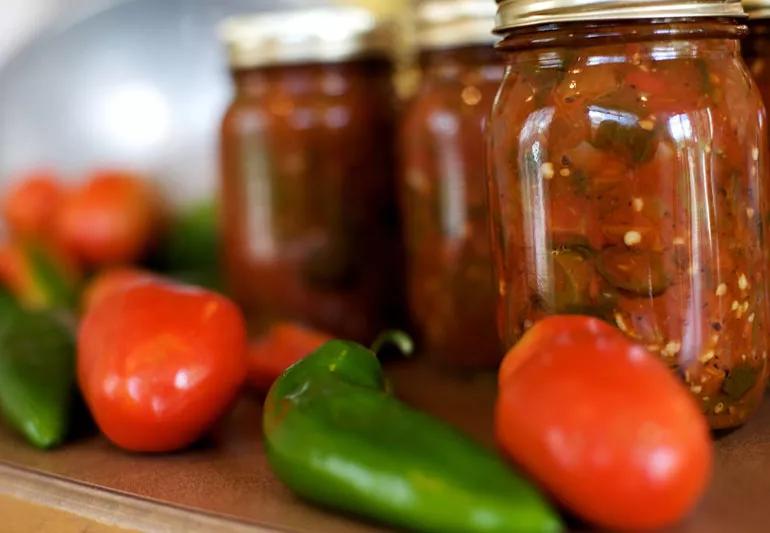The short answer from a dietitian

A: Fresh isn’t necessarily always best. Sometimes fresh vegetables you buy in the grocery store have traveled from a very long distance. After they get picked and packed and transported over the course of several days, they lose some of their nutrients. So frozen vegetables could actually be a better option. They are picked and frozen within hours of being harvested, so they’re going to retain a lot more of their nutrition that way.
Advertisement
Cleveland Clinic is a non-profit academic medical center. Advertising on our site helps support our mission. We do not endorse non-Cleveland Clinic products or services. Policy
Local produce that is grown close to you is also a great, nutritious and cost-effective option. Something you buy at your local farmers market could have been picked that morning, or the day before, so it’s likely fresher than what you’d buy at the supermarket.
Canned vegetables have a very long shelf life. The downside is they often contain sodium. But, you can choose lower sodium versions or rinse your canned vegetables in a colander under running water to get some of the salt off.
So people don’t necessarily have to shy away from canned vegetables. If that’s what you have, use it up. And actually, when it comes to tomatoes, canned tomatoes are going to be healthier than the raw version. Canned tomatoes have been heated, and that increases the amount of lycopene in them that the body can absorb, which is good for eye health.
— Beth Czerwony, RD
Advertisement
Learn more about our editorial process.
Advertisement

Eating this root vegetable can help support your eye, heart and brain health

This fermented cabbage is full of probiotics and fiber, and can help your gut, heart and brain health

This root veggie can also benefit your gut, heart and eyes

As the stalky vegetable breaks down, it leaves behind sulfuric byproducts that can make your pee stink

Most of the time, beeturia is a curiosity, not a concern

This cruciferous veggie boosts your bone, eye and heart health and contributes to a lower risk of cancer

Some diets shun them, but research hasn’t concluded that they’re harmful

This versatile type of seaweed may help support weight loss, bone health and cancer prevention

The best parenting style balances enforcing rules and showing plenty of love

Tips include cutting back on sugar, focusing on exercise and managing stress

It can be harder to let go when you’ve invested time, energy and emotions — but it might be the healthier choice long term